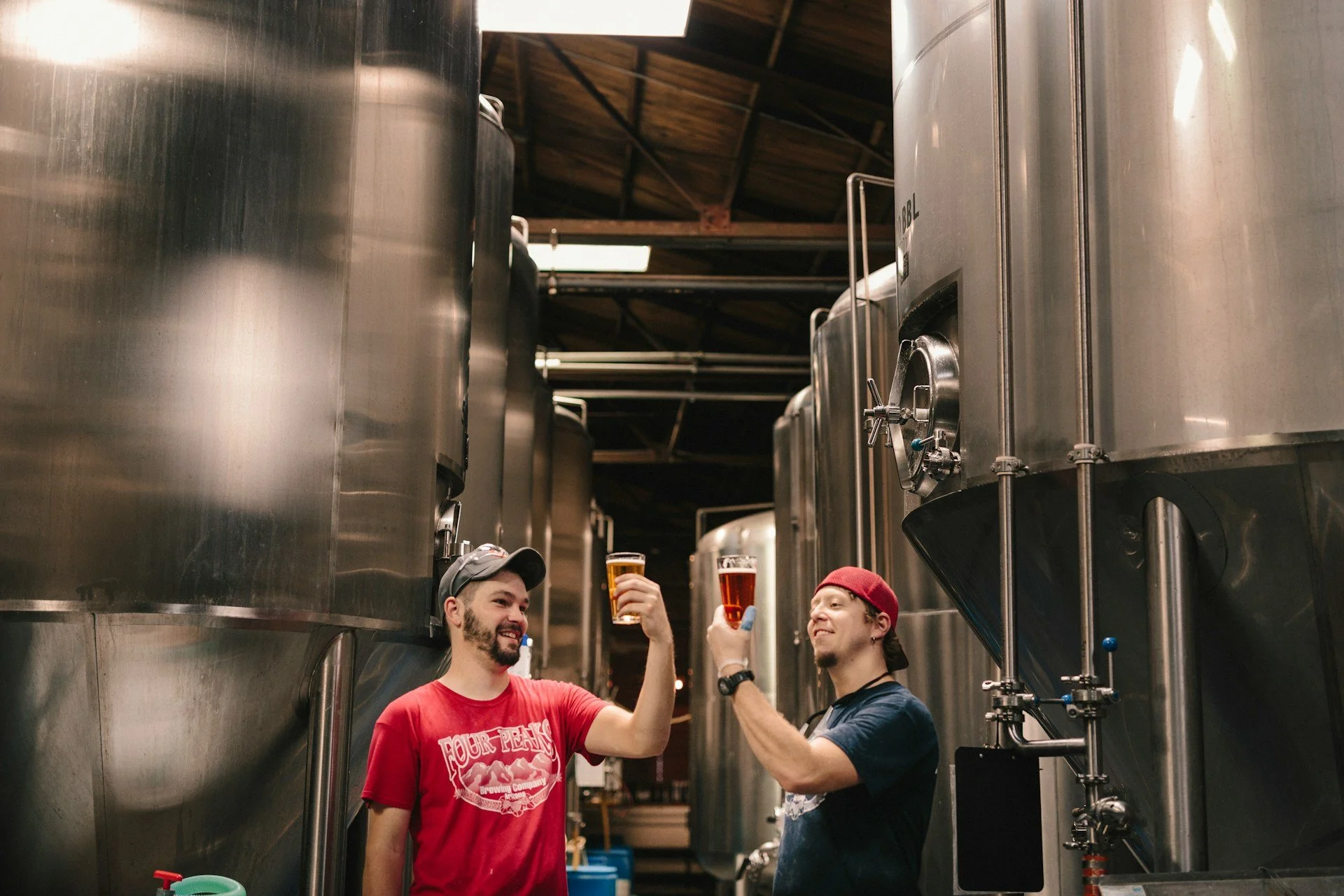Inside The Modern Craft Brewery
So, you’ve decided you want to get into craft beer? This can be a very exciting business venture and many entrepreneurs have enjoyed bringing their own beer onto the market.
While a lot of people start with the creative side, the trust most newcomers miss is that craft beer requires as much technology as it needs creativity. You need the right tools to make it work.
That being said, creativity and a true love for the beer industry will also play a significant role. But alone, they are not enough to get the profits you are hoping for.
Why does equipment matter so much? You’ve probably heard it before: It’s all about good ingredients. While there is some truth in it (you can’t make delicious beer without the right ingredients), the right ingredients won’t help you produce a quality product if:
You can’t control temperature
You can’t bottle your beer safely
You can’t process your ingredients appropriately
The bottom line: Ingredients and equipment work hand in hand for a fantastic craft beer product that will earn you recognition on the market.
Essential First Tools
Your brewhouse is where raw ingredients meet heat and engineering. Every brewery setup needs to include equipment that enables you to combine grains with water and then separate the grains from the liquid.
You need a mash tun, which is a vessel where the crushed grain and hot water are combined to create a sugary liquid. This is the wort.
Then the lauter tun separates the grain and the liquid, before you need a boil kettle to introduce the hops and control the bitterness.
You can also introduce a whirlpool vessel to clarify the wort before cooling.
Fermentation Tanks
This stage is what takes the initial liquid obtained at the end of the first process into beer. The fermentation tanks are stainless cylinders equipped with temperature controls. They are designed to preserve the yeast quality.
So, this is where you are going to be investing in top quality equipment that fits your needs. Fermentation can take anywhere from a week to several months, depending on your recipe. Poor temperature management ruins flavour, kills yeast, and wastes entire batches. If there’s a place you don’t want to cut corners, it’s this one.
Storage and Conditioning
After the fermentation process, it’s time to move your beer into tanks that finish the beer-making journey: Conditioning and carbonation. This stage serves multiple purposes, as this is where the first elements that will appeal to your customers are determined: The clarity, the carbonation, and the polish of the beer.
When skipped, the beer tends to taste flat and appear cloudy. It will also lose a lot of the character that you’ve designed during the previous stages. So, you want to pay close attention to it.
Packaging - A Commonly Underestimated Step
Does packaging really matter when you have a great quality beer? The answer is yes. If your packaging system fails, your beer never leaves the shelves. Also, you want to make sure that canning and/or bottling is done precisely and at the right timing. This is why you want machines you can trust to rinse, fill, and label at a fast pace and without errors.
Good packaging equipment protects freshness and prevents contamination. It makes sure your product doesn’t arrive foamy, flat, or damaged.
Automation and Heavy Lifting
Do you need it? Manual setups work for tiny runs, but the moment your beer gains traction, automation becomes your best friend. As batches grow, so does the workload. You don’t want to discover too late just exactly how many kegs your spine and legs can handle.
Robots help palletise beer cases, move heavy materials, and streamline repetitive tasks that break down human workers. Keeping this equipment operational is crucial, and you want to maintain this machinery with as much care as the rest of your brewery setup. A lot of breweries work with a part specialist to source replacement components and extend the lifespan of their automation systems.
Additional Support Systems
Beyond the headline gear, your brewery relies on a hidden network of utilities.
Glycol chillers manage temperature across tanks.
Air compressors power valves and cleaning lines.
Water treatment equipment protects flavour and equipment longevity.
So these also need top priority when it comes to servicing and maintenance.
The Payoff for Your Craft Brewery
Once you have the right equipment, the fun truly starts. Your recipes can evolve. The beer flavors can develop. And customers discover your work.
It’s important to understand that the machinery doesn’t replace your creativity. Instead, it enables it. Once you get the equipment right, and everything else finally has room to grow.


